Introduction
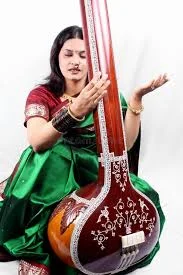
Hindustani Classical Music has been an integral part of the Indian culture for centuries, dating back to ancient times. Over the years, this music has developed many styles of singing and playing instruments, namely the ‘gharanas’. In vocal music, the main gharanas include the Gwalior gharana, Rampur-Sahaswan gharana, Patiala gharana, Kirana gharana and the Banaras gharana. One such gharana is the Bishnupur Gharana, which as the name suggests, its origin is in Bishnupur, West Bengal. Bishnupur gharana is known for the presentation of beautiful dhrupads.
Origin of the Gharana
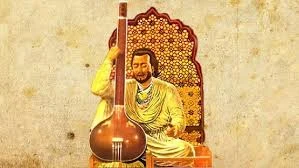
The reign of Akbar during the Mughal period, especially, saw the rise of power and the affluent towards an appreciation of Hindustani classical music. The era-defining musician Tansen used to sing for Akbar in his court and breathed life into classical music. In contrast to this, Aurangzeb‘s reign is not known for his love towards music. He banned the practice of music in his court, and as a result, musicians started moving to other places so that they can preserve their art. In one such episode, the then descendant of Tansen, Bahadur Khan, along with many other musicians, migrated to the city of Bishnupur in present-day West Bengal. Bahadur Khan was himself a vocalist and a multi-instrumentalist who could play the Veena, the Rabab and the Surshringaar. He belonged to the Senia gharana, which was established by Tansen during the reign of Akbar.
Bahadur Khan arrived in Bishnupur at a time when the Malla dynasty ruler Raghunath Singh Deo II ruled there and Bishnupur was their capital. Raghunath Singha II welcomed him in the city in a grand manner and offered him to be the court musician in his court. He also announced to his people that anyone who thinks they have a nice voice can come and learn music from Bahadur Khan, absolutely free of cost, and all expenses will be covered by the king. As a result, many became his disciples and went on to become musicians. Ramacharan Bhattacharya, a disciple of Bahadur Khan, was instrumental in founding the Bishnupur gharana. He popularised and revived the tradition of dhrupads in Bishnupur while other gharanas at this time were more obsessed with the Khayal style of singing.
Style of Singing/Music
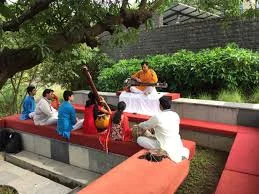
The notable feature or quality of the music of the Bishnupur gharana is the open nature of the gharana. Generally, what happens in gharanas is that compositions and singing styles are very carefully and rigidly preserved, often taught to only those whom the teacher (guru) thinks are eligible to learn and can take forward the legacy of the gharana. But this was not the case of Bishnupur gharana. This gharana was also open to suggestions and modifications, which were given, whether by passing musicians or a distinguished musician from some other gharana.
The singing style is often very simple in this gharana, with not much over the top variations such as playing with the rhythms (layakari). The gharana is dominated by the renditions of dhrupad singing, which is an essential part of this gharana. Khayals are presented in a way that is melodious in nature. This gharana introduced khayals in Bengali language other than the usual Hindi and Brajbhasha. Unlike khayals though, layakari is allowed in the presentations of dhamaar.
Musicians of Bishnupur Gharana
The Bishnupur Gharana since its very inception have given some of the most magnificient and talented musicians and here are some of them:
1. Acharya Ramashray Jha (Late 18th to Early 19th Century) – He is not from the Bishnupur gharana, but his pedagogy left an imprint on later Bengal-based musicians. The founding lineage, however, begins more solidly with:
2. Ustad Bahadur Khan – He was a descendant of the Senia Gharana, tracing back to Tansen. King Raghunath Singh Deo II extended invitations to Bishnupur in the 18th century, thereby establishing the basic style of the Bishnupur Gharana by teaching the Malla court musicians.
3. Gadadhar Chakraborty – He was an earlier male exponent who took training from disciples of Bahadur Khan. His work helped localize the Seni style into the more Dhrupad-based, Bengali-sensitized aesthetic we now associate with Bishnupur.
4. Ramprasanna Bandopadhyay – Notably a Dhrupadiya of this gharana, he carried forward the Dhrupad tradition through teaching and compositions. The Bandopadhyay line carries on shaping Bishnupur Gharana music.
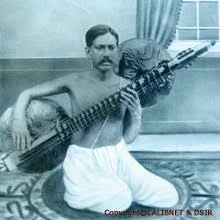
5. Gopeshwar Banerjee (1880–1963) – One of the greatest vocalists of the 20th century in the Bishnupur school. He sang his Dhrupad and Khayal with a very beautiful voice, extremely well researched and always carried a good dignity, really left a huge and lasting legacy.
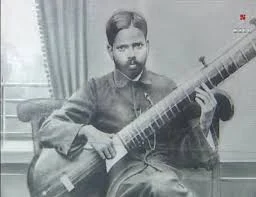
6. Jitendranath Bandopadhyay -A disciple of Gopeswar Banerjee, further nurtured and carried on the Dhrupad and Khayal traditions. An intense scholar, he instilled this intellectual approach into the music.
7. Pandit Amiya Ranjan Bandyopadhyay – He is recognized as a contemporary maestro and is as much respected in modern times as any representative of Bishnupur Gharana. He has taught many students and does performances to keep this gharana alive.
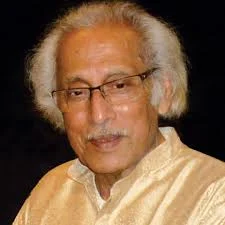
8. Pandit Manilal Nag – An unparalleled sitar master and amongst the most acclaimed instrumentalists worldwide from the gharana. The very performance amalgamates Dhrupad’s gravity with melodious expression while supporting at the same time the spiritual ethos of the gharana.
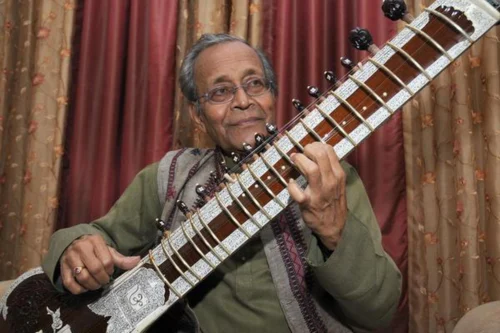
Present Conditions
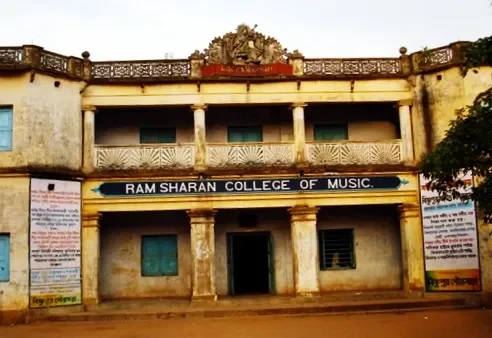
The Bishnupur Gharana stands today on the threshold of history and modernity; the resplendent days of royal patronage may be a thing of the past; however, the tradition survives due to the committed gurus and disciples who painstakingly strive to retain its original purity and unique identity. Among the few living exponents, we have Pandit Amiya Ranjan Bandyopadhyay and Pandit Manilal Nag, both trying to keep the gharana alive through performance work and teaching, conducting workshops throughout India and abroad. Rabindra Bharati University courses and Bishnupur Sangeet Mahavidyalaya, presently known as Ramsharan College of Music, have also been documenting the gharana through teaching and promoting it. The same gharana in modern times is facing certain challenges such as dwindling student interest, urban migration, and far less media exposure compared to other gharanas. In this pacey world, where fusion and digital formats are gaining greater prominence, the slow meditative path of Bishnupur-style Dhrupad somehow begins to confine itself. Yet the cherished core remains alive- oddly ragas of its own character, slowly leading to a fulfillment of commitment through one’s own scholarly compositions. There is some glimmer of hope for resurrection with increasing academic interest in Bengal’s classical music heritage. If sufficiently documented, promoted, and injected into discourses on the arts and culture, Bishnupur Gharana may not only survive but also have a far-reaching effect on several generations.
Conclusion
What may still be called of the Bishnupur Gharana speaks of the power of art to mutate, withstand change, and be sustained through centuries. Emerging from the noble traditions of the Senia Gharana, nurtured by enlightened patrons, the Malla kings, it developed within its own identity, one that still carried, Dhrupad’s purity but with a free spirit and creativity. Most gharanas never thrived for secrecy; Bishnupur, on the contrary, would accept any talents with goodwill, and grow a community tradition out of it-such a voice which would sing and learn with it. Bishnupur has quietly nurtured this art for centuries; now, while it may not glow like some flashy gharanas, its flame nourished by relentless efforts of a few agonized old souls still shines on. Bhakti rasa with deep significance in an age where speed often outweighs sense, is an aesthetic simplicity and spiritual profundity. With fast moving academic interests, cultural rejuvenation and sustained efforts by committed practitioners Bishnupur Gharana shines not only as a beaming example of preservation but also stands as a worthwhile renaissance to which future generations will be affected.
References
1.https://alchetron.com/Bishnupur-gharana




